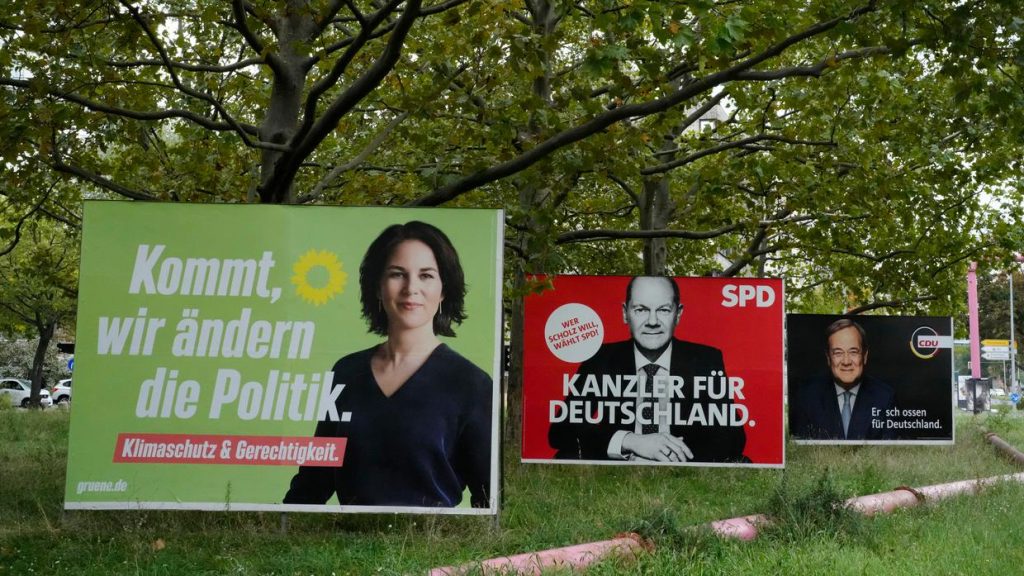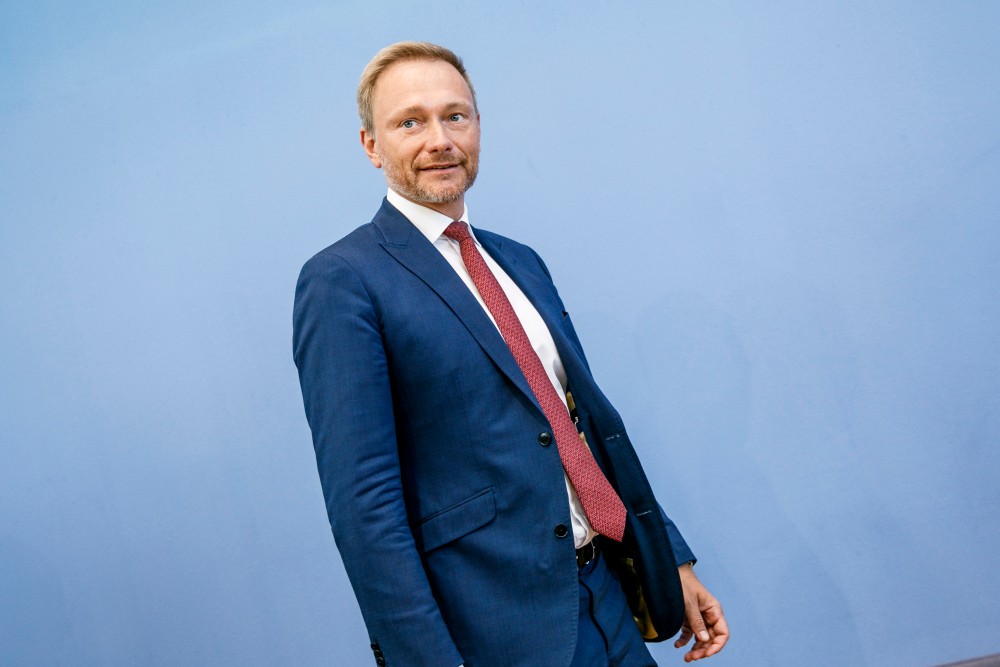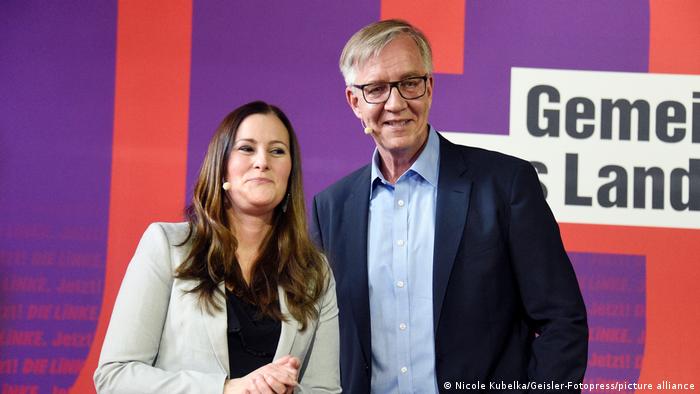Today’s German federal election may very well be the most important one in decades. Here’s what’s going to matter once the results are in.

The Chancellor Question
First and foremost, there is of course the question of who is going to become chancellor (Kanzlerfrage or K-Frage, for short). There are three candidates with a realistic chance: Olaf Scholz of the Social Democrats (SPD), Armin Laschet of the Christian Democrats (CDU), and Annalena Baerbock of the Greens. There are two important caveats to this regarding today’s results, however:
- The party that secures the most seats in parliament is not necessarily the one that will end up in the chancellorship. The SPD has previously succeeded in forming a coalition government with the Liberals (FDP) to elect SPD candidates Willy Brandt (in 1969) and Helmut Schmidt (in 1976 and 1980) chancellor even though they trailed the Union (formed by the personal union of the CDU and its Bavarian pendant, the CSU) in seats. While Scholz is the frontrunner right now, even if the SPD secures the most seats, Laschet might try to form a coalition himself. Still, becoming the largest party in the Bundestag sends a strong signal and usually means that negotiations will be spearheaded by this group.
- Determining the chancellor and the government might take months, as Germany’s multi-party system makes coalitions necessary. Depending on how these talks progress and how many attempts are necessary to negotiate a coalition treaty that works for all parties involved, this election could break the record for the longest coalition talks since 1949, which was set in the previous 2017 election where a CDU/CSU-SPD “Great Coalition” was formed after talks for a Jamaica coalition (CDU/CSU, Greens, FDP) failed.

The Coalition Question
Never before in Germany has the number of possible coalition options been so large. This is due to two factors: firstly, with the two traditional “major” parties, being the CDU and the SPD, greatly losing clout over the past decade, more parties are needed to secure a majority in parliament and more parties can emerge as kingmakers (currently the Greens and the Liberals).
Secondly, parties are particularly keen to keep their chances of government participation and increase their leverage by not excluding most of the theoretically feasible coalition options. None of the other major parties is willing to form a coalition with the right-wing populist Alternative for Germany (AfD) and both the FDP and the CDU/CSU have also excluded the option of a coalition with The Left (Die Linke), but aside from these two outliers on the spectrum, anything might go.
Most debates about possible governments center on three specific options: the first is RGR (red-green-red), consisting of a Scholz-led coalition of the SPD with the Greens and Die Linke. The second one is the traffic light coalition (Ampelkoalition), which would also be helmed by Scholz with the addition of the Greens and Christian Lindner’s FDP.
Finally, in the event that Scholz would be unable to form either coalition (which he’ll probably try to do even if he comes in second), there is Jamaika, which would be Armin Laschet’s only viable chancellor option with the Greens and the Liberals in his tailwind. Should the Greens manage to somehow come ahead of the CDU/CSU however, this might instead be Baerbock’s only viable option to become chancellor (given that her surpassing Scholz is probably the least likely of all aforementioned scenarios).
Now here is the critical point for tonight’s election: while Scholz favors the Ampel, his party base likely leans towards RGR. Red-green-red will however only be possible, if Die Linke manages to stay in parliament and also gain enough seats to help the three parties secure a majority—and ideally one with several seats more than the bare minimum to account for individual Linke dissidents during coalition talks as well when passing legislation afterwards (Sahra Wagenknecht comes to mind). It is very likely that Die Linke stays in parliament, as at least three direct seats would secure their Bundestag continuation even if they fall below the feared 5%-threshold. Achieving a stable governing majority is however much more uncertain.
Whether RGR will have a relatively clear (or at the very least a bare) majority will be the single most important event of tonight’s election, possibly even ahead of who becomes the strongest party (granted that it does not impact the aforementioned coalition options). If theres is no RGR majority, the Ampel is Scholz’s only hope, as yet another great coalition—even if SPD-led this time—would quite likely lead to mutually assured destruction.

The Bottom Line
The least interesting party to follow tonight will be the AfD. As long as their vote share and seats decrease by some margin, their results won’t really cause a ruckus. Their performance in the German east will be of interest, however. The FDP has much reason to celebrate if the latest polling is in line with their actual results, but unless they overtake the Greens, they also won’t be the hottest iron to handle, since Lindner already signaled his public preference for Jamaica (while not excluding the Ampel).
The SPD, Union, and Greens should always be followed in conjunction, as the ranking between them will at the very least be of symbolic if not actual importance. The most interesting however will be Die Linke, as the hopes of the SPD party base, and, if the Ampel fails also those of Scholz himself, might very well dissolve into nothingness.
stay gold ponyboy
